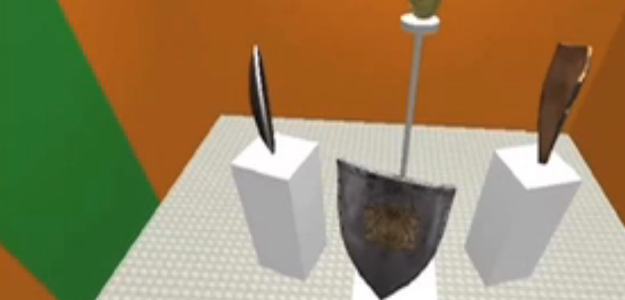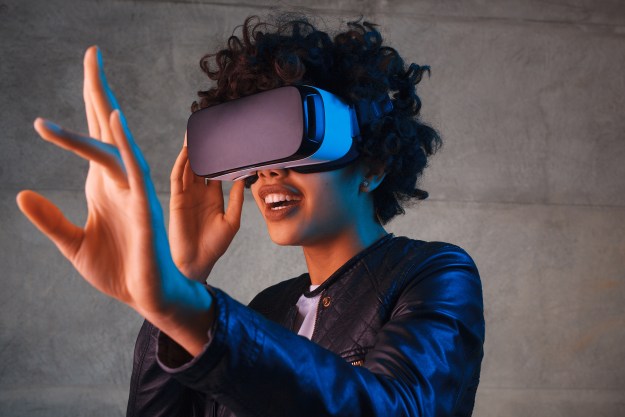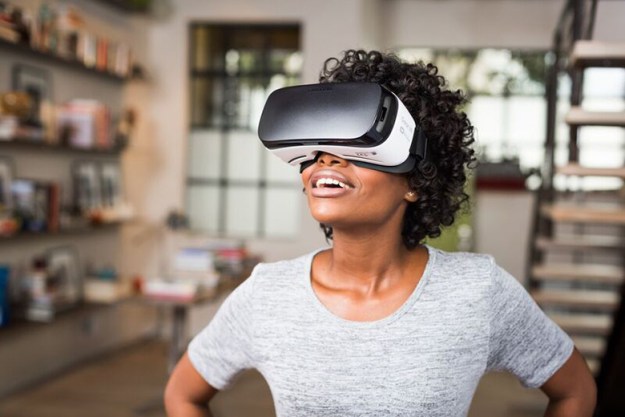 The virtual reality of the real world has always struggled to live up to the overly-ambitious promise of fictional VR. It’s hard to get excited about some limited, roughly-rendered, entirely unconvincing CGI when you’ve seen Lawnmower Man or the holodeck in Star Trek: The Next Generation. Well, things are about to change with a new generation of VR that at least manages to keep up with its user – even if it still has that roughly-rendered blocky look.
The virtual reality of the real world has always struggled to live up to the overly-ambitious promise of fictional VR. It’s hard to get excited about some limited, roughly-rendered, entirely unconvincing CGI when you’ve seen Lawnmower Man or the holodeck in Star Trek: The Next Generation. Well, things are about to change with a new generation of VR that at least manages to keep up with its user – even if it still has that roughly-rendered blocky look.
The new system was created by a team of researchers from the Vienna University of Technology in Austria. Led by Hannes Kaufmann, the VR’s secret ingredient is its ability to instantly generate new spaces for the user as they move around a physical lot. “People think they are walking in much larger environments,” Kaufmann explains. “We can simulate rooms connected by corridors, and we could simulate outdoor areas in which certain areas are restricted.”
The system keeps track of the position of a person wearing the virtual reality headset via their head and body movements, and creates new environments based on that position as well as the dimensions of the physical space that they’re in. The result is the creation of an entirely unreal space that is so convincing, the user begins to lose track of what is, and isn’t, real – something that isn’t necessarily helped by a system that can build virtual walls where real ones exist. “People would try to walk through the virtual wall when they are right next to the real wall,” Kaufmann said. “If [they] do this once, they will never do it again.”
According to a report in New Scientist, the technology’s illusion is “strong enough that people trying it do not realize that they are effectively walking around in circles,” something that suggests a stronger “reality” than previous VR efforts. Also, because the virtual environments are generated immediately, the imaginary world is potentially infinite in scale – as long as the user can keep going for without needing a reality break.
Although this system immediately suggests use in gaming scenarios, Kaufmann believes the technology could be applied to high culture. He explained to New Scientist that he could imagine it being used to recreate existing museums to allow anyone in the world to experience some of the greatest art in the world virtually. “In the morning you could walk into the Guggenheim and in the afternoon explore the Taj Mahal,” he told the website. Admittedly, for that to truly have the impact that it deserves, there may have to be a significant uptick in the graphics of the system.
Editors' Recommendations
- The best Meta Quest 2 games
- Nvidia’s beastly RTX 4090 moves one step closer to launch
- Apple may have just leaked its VR headset’s operating system
- You won’t be taking Microsoft’s HoloLens 3 into the metaverse
- Solving VR’s ‘infinite walking’ problem with moon boots


